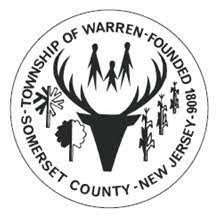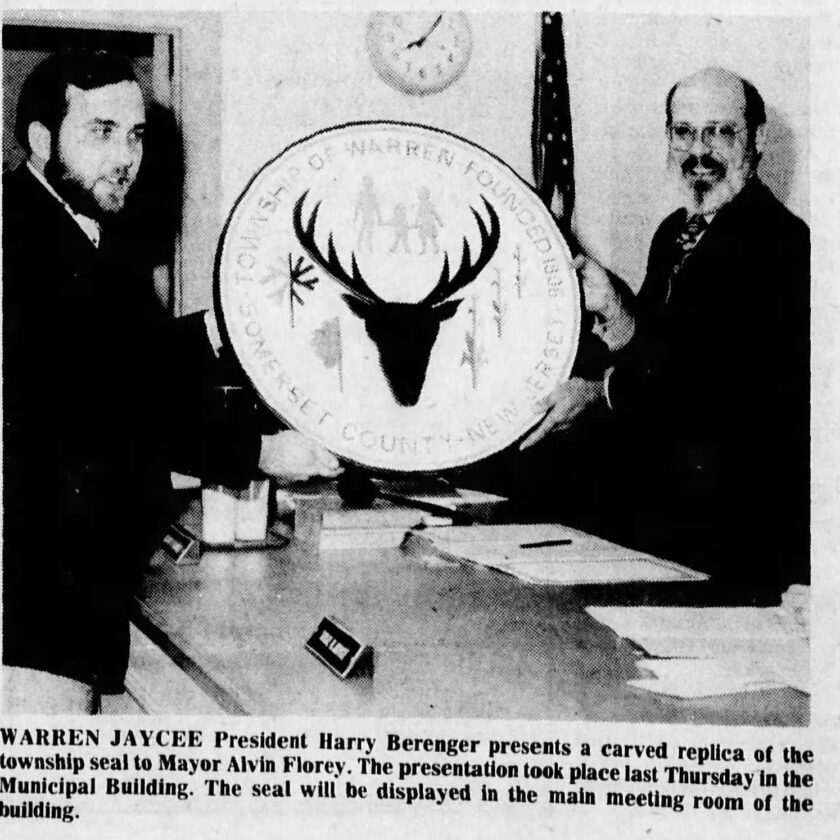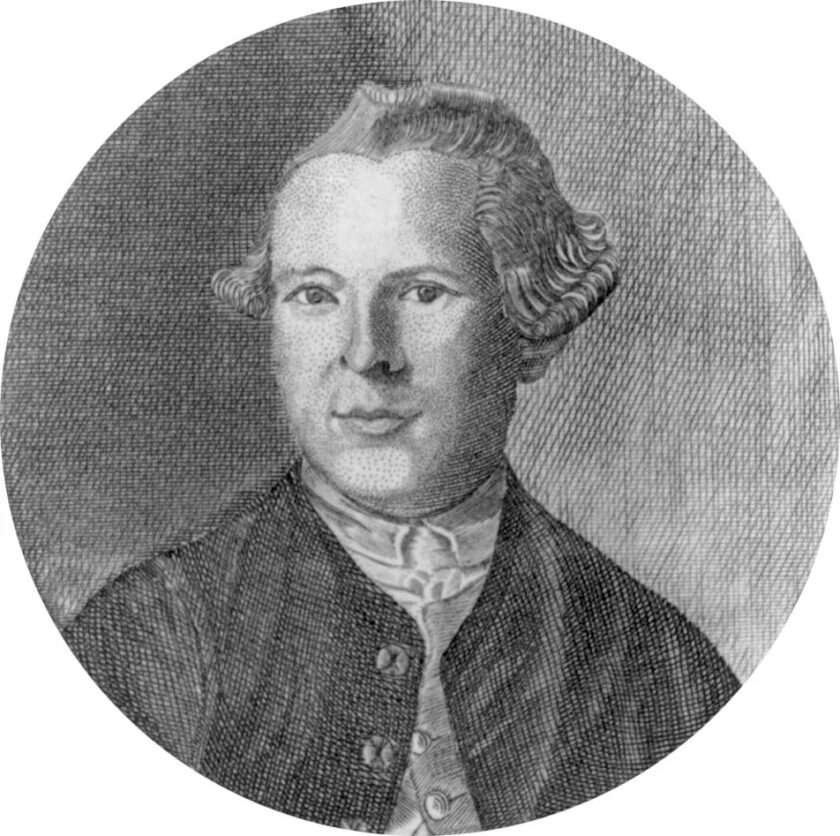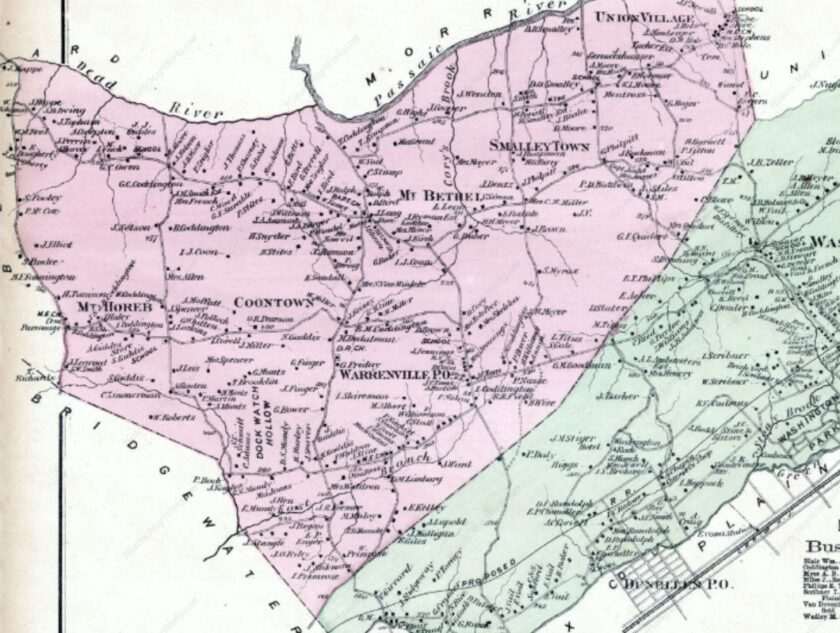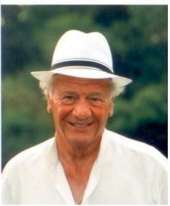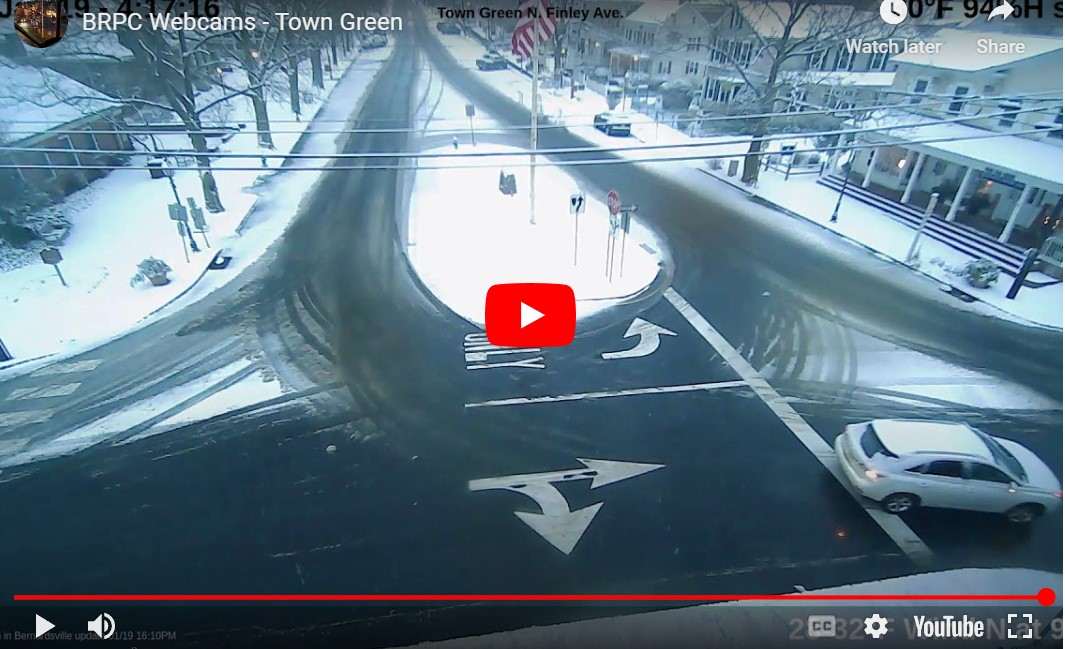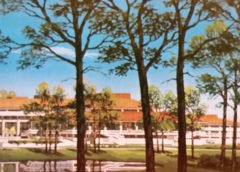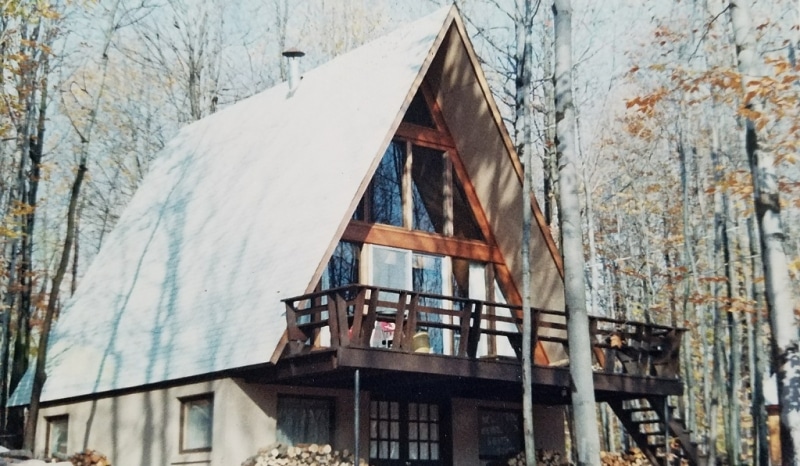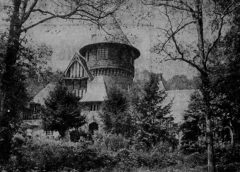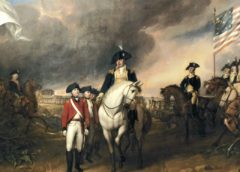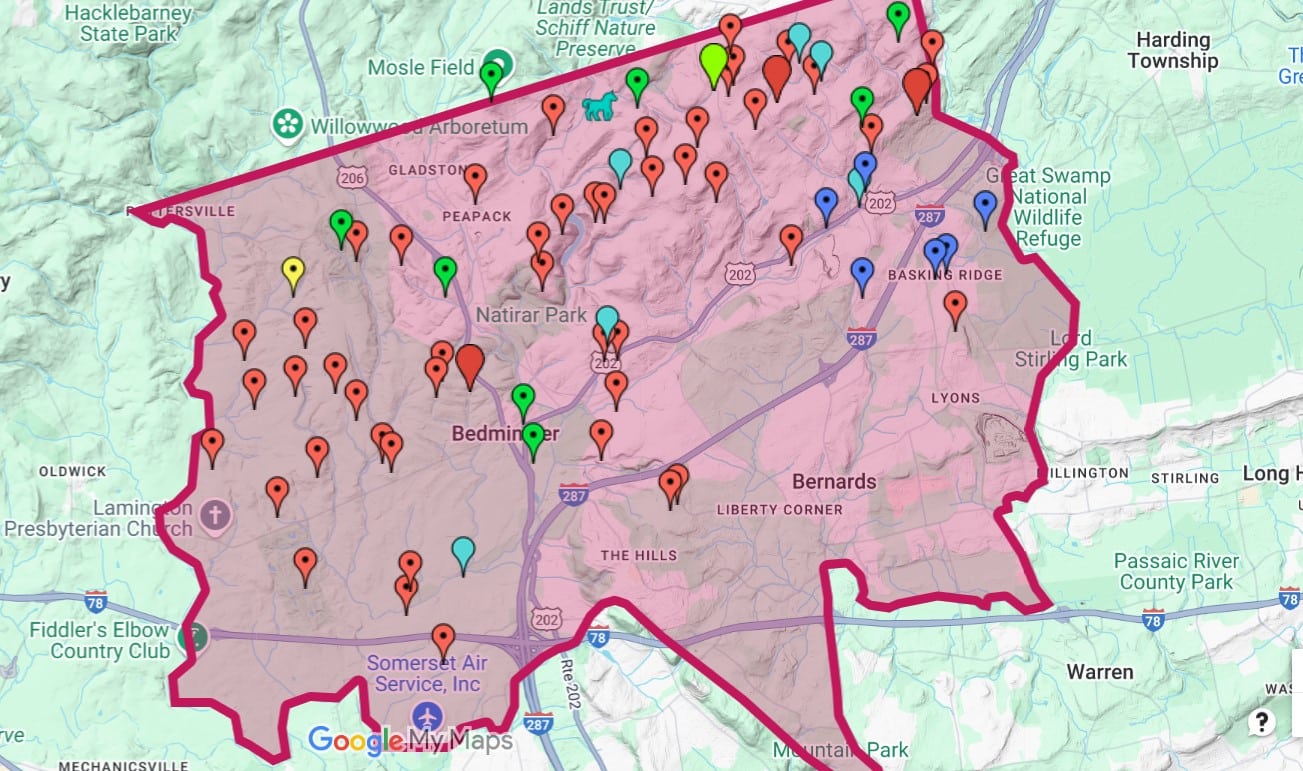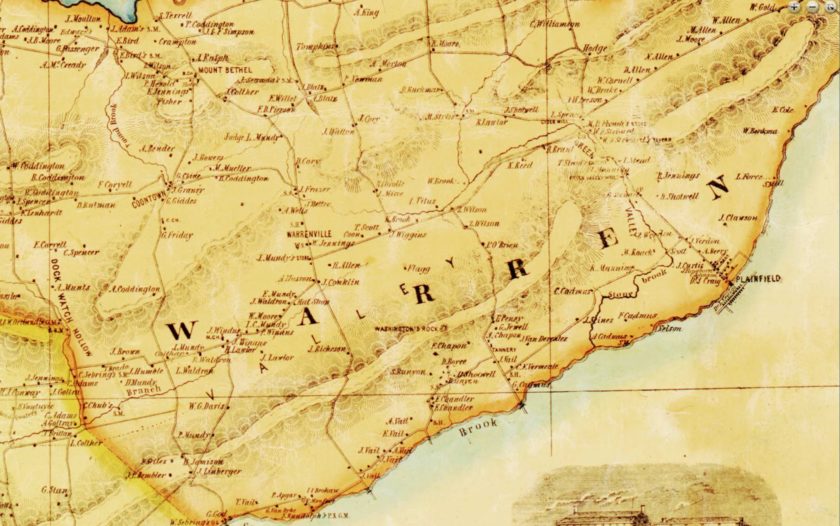
Bridgewater was chartered in 1749, and Bernards Township was chartered in 1760. After the Revolutionary War, no Royal Charters were issued, so you had to incorporate through a vote in the New Jersey legislature after submitting a petition to separate. That day became official on Thursday, March 5, 1806, when Warren Township became its official township, formally separating from Bernards and Bridgewater Townships in Somerset County, New Jersey.
So, what was the reason for the separation? As the area’s population grew, it became increasingly difficult for the larger Bernards Township to manage the diverse needs of its residents effectively. By forming Warren Township, the northern residents could establish a local government more responsive to their community’s unique requirements, and the southern residents would now manage their own affairs.

Dr. Joseph Warren’s death at the Battle of Bunker Hill: 25th minute
Early History
We go back to 1690 when part of the Warren area’s 3,000-acre (4 sq. miles) tract was purchased by William Docwra, an English Quaker and founder of London’s “Penny Post” mail system. In the overall purchase, Docwra bought over 95,000 acres of land in New Jersey from Dr. Daniel Coxe for £1,200 sterling. As a proprietary, he purchased land in East Jersey’s proprietary land system, located in present-day Somerset County, including the area now known as Warren Township. Parcels sold were part of early efforts to populate the colony with farmers, artisans, and merchants. Most of the remaining land included parts of what are now Burlington County (West Jersey).
While Dockwra himself was a Quaker, East Jersey’s proprietors welcomed settlers of various backgrounds, including Presbyterians and Baptists, who established a network of small but thriving communities. Nearby, in comparison, in 1717, three thousand acres in the Bernards Township area were purchased by John Harrison, also a Quaker and agent for the proprietors of East Jersey, but he bought his land from the Lenni Lenape Indians for $50.
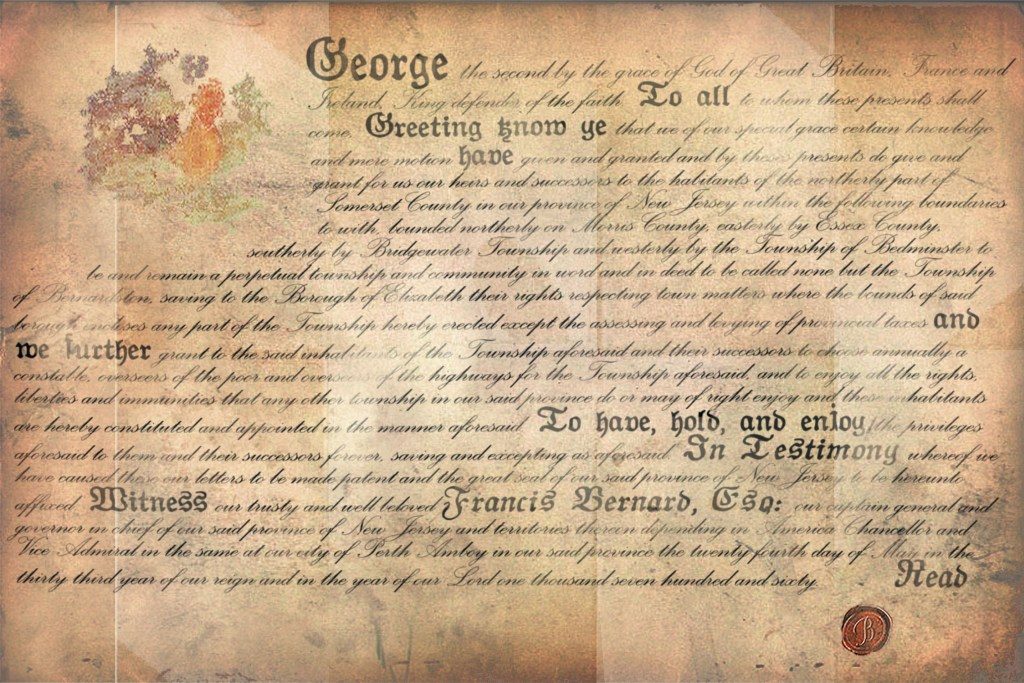
Basically, Docwra and Harrison worked as proprietors from the same East Jersey office! Dockwra’s 3,000 acres became part of the settlements that later formed the nucleus of Bernards Township, formally recognized by King George’s Charter of Bernardston, recognized on May 24, 1760, by Francis Bernard, the Royal Governor of New Jersey. The history of Bernards Township should reflect its roots in Dockwra’s proprietary land system.
Separation and Incorporation
First, we need to align on what makes up the 20 square miles of Warren. While Dockwra’s 3,000 acres (4 sq. miles) is a chunk, the rest came from John Harrison’s acquisitions, the East Jersey Proprietors, early settlers, and Native American land transfers.
It was in 1806 that Warren Township was officially recognized by New Jersey’s General Assembly, separating from areas of Bridgewater and Bernards Township. Later, North Plainfield, Watchung, and Green Brook would separate, leaving Warren as it is today. The present township contains almost 20 square miles. Villages in various parts of the municipality include Mt. Horeb, Springdale, Mt. Bethel, Smalleytown, Union Village, South Stirling, and Warrenville. The township is named after Bunker Hill’s noted hero, Dr. Joseph Warren, who died on that hill on June 17, 1775; he embodies the young nation’s sacrifice.
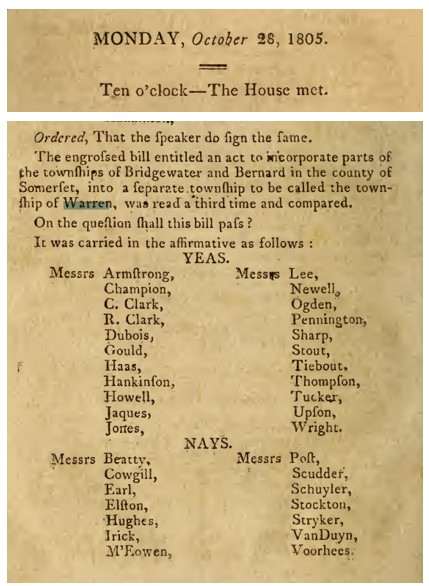
Source: Minutes of the Votes and Proceedings of the General Assembly, 1776-1986. NJ State Library
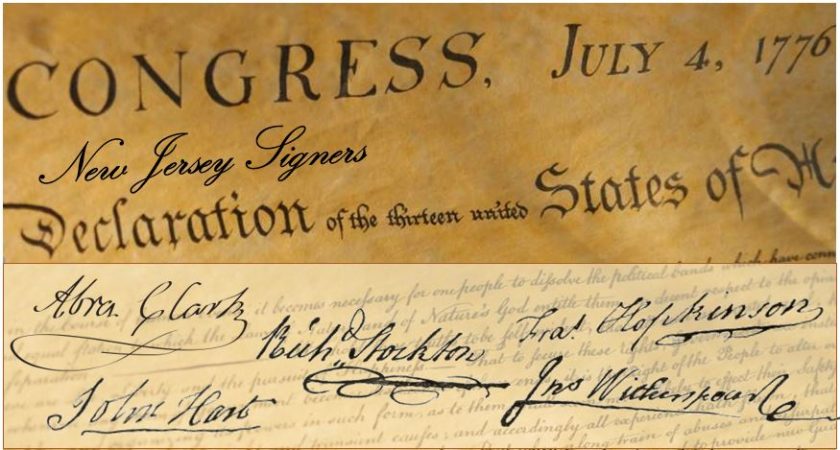
In the early 1800s, Warren Township’s local leadership was emerging, and several notable figures were shaping the community. David Smalley, a prominent figure and captain in the state militia, played a significant role during the township’s formation. Philip Cox, an early settler who arrived around 1727, purchased a large tract of land in the area now known as Blue Hills and influenced the township’s early development. These two most likely had a hand in the initial incorporation documents sent to the New Jersey legislature.
On Thursday, January 20, 1972, at the Warren Township Committee meeting, resident William Schaub of Round Top Road was awarded a $50 US Savings Bond by the Warren Township Jaycees for the winning entry of a townwide seal contest. The design was one of thirteen submissions.
On Thursday, December 7, 1972, the Warren Township Council voted to officially recognize and adopt the new seal. The seal’s images represent: “family life in the township, two trees represent the four seasons, and a deer’s head and ears of corn represent the town’s natural resources and rural character.” Schaub would later donate the bond to the Warren Rescue Squad.
What’s in a Name
Continental Army General Joseph Warren (1741–1775) was a key figure in the early stages of the American Revolution. A physician and political leader from Massachusetts, Warren played a pivotal role in organizing resistance against British rule. He authored influential patriotic writings and worked closely with other revolutionaries like Samuel Adams and John Hancock.
Dr. Warren was appointed a Major General in the Massachusetts militia but chose to fight on the front lines as a volunteer at the Battle of Bunker Hill in June 1775, where he was killed in action. His death made him a martyr for the revolutionary cause, symbolizing the sacrifices made for American independence.
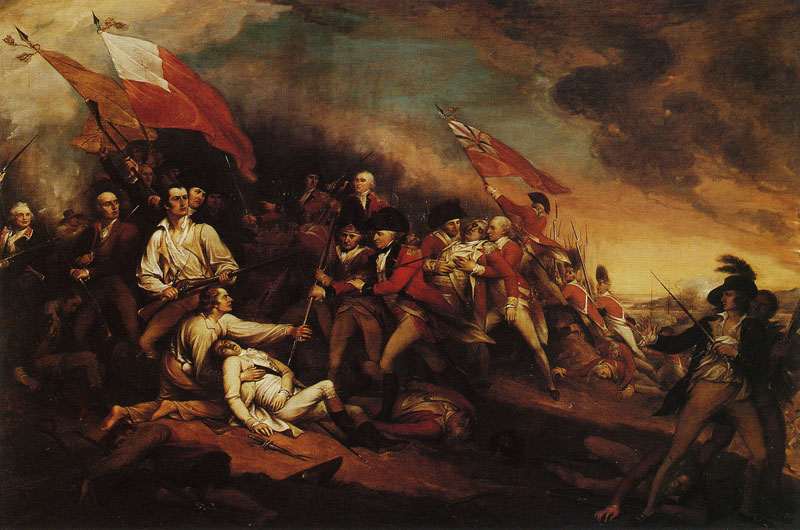
In the early 1800s, local leaders and residents chose Warren Township after General Joseph Warren. Funny, though, General Joseph Warren had no direct ties to Warren Township or New Jersey. He was born in Roxbury, Massachusetts, and spent most of his life there, so the name was more of a tribute to his legacy and contributions to the fight for American independence rather than a reflection of any personal connection to the area.
Warren Township is the only town in the United States named after
Continental Army General and American Patriot
General Joseph Warren.
Seven Hamlets Frame Out Warren Township
Warren Township is known for its charming hamlets that reflect its rich history and community-oriented character. Among the most noted hamlets are Mount Bethel, Warrenville, Union Village, Dock Watch Hollow, Round Top, Smalleytown, and Coontown, and we’ll add Stirling for fun. Each area’s unique identity and historical significance contribute to the township’s charm.
The Second Watchung Mountain ridge bisects Warren, with the northern half of the township sloping northward to the Passaic River and Dead River and the southern half spanning the Washington Valley, between the First and Second Watchung Mountain ridges, through which runs the East Branch of the Middle Brook.
The southeastern half of the original township (close to a railroad and containing most of the population) was separated off as North Plainfield Township (since renamed to Green Brook Township) on April 2, 1872.
Mount Bethel
Mount Bethel is one of the oldest settlements in Warren Township, named for the nearby Mount Bethel Baptist Church, which dates back to the late 18th century. This hamlet exudes a quiet, rural atmosphere, with rolling hills and open spaces that retain much of the area’s historic character. The church and surrounding cemetery serve as reminders of the hamlet’s historical roots, making it a place of interest for history enthusiasts.
Warrenville
Situated near the center of Warren Township, Warrenville is known for its blend of residential and commercial development. Historically, a crossroads hamlet has evolved into a bustling area while maintaining a sense of community. The Warrenville section includes access to local parks, schools, and small businesses, making it a vital part of the township’s social and economic life.
Coontown
Coontown, located in the western part of Warren Township, is a small, historically African American settlement that dates back to the 19th century. Its origins are tied to freed and formerly enslaved individuals who settled there. Though minor, Coontown holds a meaningful place in the township’s history, representing the diverse communities that have contributed to its development over the years. Today, the hamlet serves as a reminder of Warren Township’s multifaceted historical narrative.
Smalleytown
Smalleytown, nestled in the northern part of the township, is named after the Smalley family, among the region’s early settlers. This hamlet retains a rural charm, with winding roads, historic homes, and open landscapes. It is an area steeped in history, reflecting Warren Township’s agricultural roots while also offering a tranquil residential environment for modern residents.
Dock Watch Hollow
Dock Watch Hollow is a scenic and historically significant hamlet in Warren Township, New Jersey, in a valley surrounded by rolling hills and woodlands. Its name originates from its use as a lookout point during the Revolutionary War or possibly from the Dock family, who were early settlers in the area. Dock Watch Hollow was historically a rural farming and milling community known for its natural beauty. Today, it retains its rustic charm with winding roads, streams, and expansive properties, blending historical heritage with modern tranquility.
Round Top
Round Top is a historic area in Warren Township, New Jersey, known for its elevated terrain and picturesque views. Named for its rounded hills, this hamlet played a role in the township’s early agricultural history, with farms and orchards dotting the landscape. Round Top’s high vantage points made it a natural landmark and its rural charm has been preserved even as the township has grown.
Union Village
Union Village, located in the southeastern portion of the township, is one of Warren’s most historically significant hamlets. It was established in the mid-18th century and was a hub for early commerce and travel. The hamlet is home to several historic buildings, including the Union Village United Methodist Church, which dates back to the 1800s. Union Village is a testament to the township’s colonial heritage and evolution.
Stirling
Although technically part of the neighboring Long Hill Township, Stirling has historical and cultural ties to Warren. Its proximity to Warren Township means it shares many connections with the area’s development, including the importance of local rail lines in the 19th and early 20th centuries. The hamlet is known for its vibrant community life and historical landmarks.
More Historical Tidbits
Frank “Chuck” Vicendese, Jr. founded and built Warrenville Hardware, Flag Plaza, Arch Plaza, Keystone Corner, and Town Center. He is best known for his love of his Catholic faith, family, friends, fast cars, roosters, cigars, and the American flag. Chuck passed on Sunday, Oct. 23, 2011.
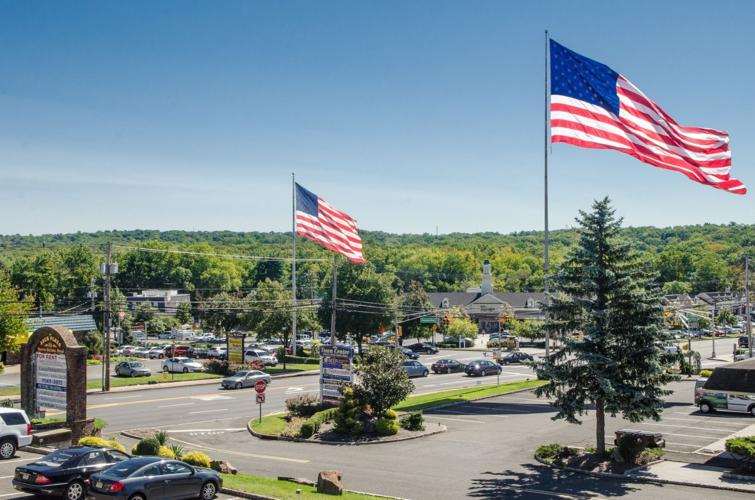
“Our flag does not fly because the wind moves it,” the sign reads.
Frank “Chuck” Vicendese, Jr. – Created Warren’s Keystone Corner flag memorial.
“It flies with the last breath of each soldier who died protecting it.”
- Keystone Corner & Flag Plaza: The late Frank “Chuck” Vicendese moved to Warren “back when there was still a blinking light at the corner,” said his daughter, Warren resident Stacey Vicendese Beer. The flags were his idea. “That it’s not about the flag, that it’s about the people who fought to defend it. I think that’s what my father’s true point was. He wanted to show his true appreciation for all the veterans who have done so much, especially those who paid the ultimate price.”
The Flag Plaza was established as part of the township’s 2017 redevelopment plan. The prominent display of American flags at this location reflects the community’s patriotic spirit and serves as a welcoming landmark in the township’s center. The display, of course, is the enormous American flag that flies high above the corner of Mountain Boulevard and Mount Bethel Road, known as “Keystone Corner,” and its smaller yet sizeable counterpart across the street at Flag Plaza. Unbeknownst to many, the township neither owns nor maintains the flags; they are the legacy of one resident’s patriotism.
Beer said that in the early 1980s, her father erected the enormous flag at Keystone Corner. The 60-by-30-foot flag flies from a flagpole 110 feet in the air. He later had the roughly 80-foot-tall flagpole installed on the other side of the street, on the lot he named “Flag Plaza.” The flag’s dimensions are 25-by-40 feet. The flags are expensive to replace. Each new flag costs about $3,000.
- Lenape Indians: Before European settlers arrived, the Lenape Indians roamed the area for thousands of years.
- Early Settlement: Quakers, English, and Scots-Irish settlers from nearby areas like Turkey (now New Providence) and Scotch Plains began settling in Warren Township in the 1720s.
- By the time of the American Revolution, fewer than a hundred families lived there.
- The early 20th century saw Warren Township continuing to grow as a rural community. Agriculture remained a significant part of the local economy, with many residents involved in farming.
- In the 1830s, German settlers moved into the Washington Valley, followed by French, Swiss, and later Italian immigrants.
- Civil War Impact: The Civil War significantly impacted Warren Township, with about fifty men joining the northern ranks and some being drafted.
- Post-World War II, Warren Township experienced a population boom as suburban development increased.
- The Township of Warren celebrated its 200th anniversary in 2006.
Warren Township, NJ, has been home to several notable individuals across various fields:
- Warren Township, NJ, has been home to several notable individuals across various fields:
- Chris and Martin Kratt: The famous wildlife biologist brothers and hosts of the popular children’s television shows “Kratts’ Creatures” and “Wild Kratts.”
- Joe Cerisano: A singer and songwriter known for his work with the band Survivor and his solo career.
- Matthew Fallon: An actor and writer with credits in film, television, and theater.
- Mike Ferguson: A former U.S. Congressman representing New Jersey’s 7th congressional district.
- Emma Fursch-Madi: A renowned concert pianist and music educator.James L. Flanagan: A distinguished engineer and inventor known for his contributions to telecommunications.
- Paula Florey Axt: One of the original board members of Mr. Local History Project. Her father was Warren’s former Mayor Alvin Florey.
- Students from Warren Township typically attend Watchung Hills Regional High School in neighboring Warren, NJ. Here are some notable alumni from Watchung Hills Regional High School:
- Chris Kratt and Martin Kratt: Wildlife biologist brothers and hosts of the popular children’s television shows “Kratts’ Creatures” and “Wild Kratts.”
- Laura Prepon: Actress known for her roles in “That ’70s Show” and “Orange Is the New Black.”
- Mickey Gall: Professional mixed martial artist competing in the UFC.
- Billy Ard: Former NFL offensive lineman who played for the New York Giants.
- Keith Sims: Former NFL offensive guard who played for the Miami Dolphins and Washington Redskins.
Historic Sites in Warren Township
- The Kirch-Ford House is a carefully restored farmhouse on the corner of Reinman and Mt. Bethel roads. “Virtually synonymous with Warren was the Kirch family, three generations of which occupied the farm and house… for 121 years,” writes Alan A. Siegel in “Warren A to Z: An Entertaining Guide to the 275-Year History of Warren Township, New Jersey.”
- The Mount Bethel Baptist Meeting House is a white clapboard structure across from the former King George Inn at the intersection of Mt. Bethel and King George roads. The meeting house is listed on the New Jersey State Register of Historic Places and was named a National Historic Site in 1976.
- The Coddington House, a 2 ½ story center hall home built c.1865 by a prosperous local farmer. The house, which sits on a slight rise just 200’ from Mt. Horeb Road, boasts “moldings above the windows, weatherboard exterior, louvered shutters, large sawn eave brackets” and other finishing touches which help to “retain the original integrity of style and workmanship,” writes Siegel.
- The Hofheimer Grotto is a hidden gem located behind the current municipal complex. According to Siegel, Nathan Hofheimer, a successful businessman who maintained a summer home in Warren in the early 1900s, “imported craftsmen from Europe to transform a flooded copper pit mine into a replica of a grotto he had once visited in his native Germany.” We shared a spooky story for fun.

